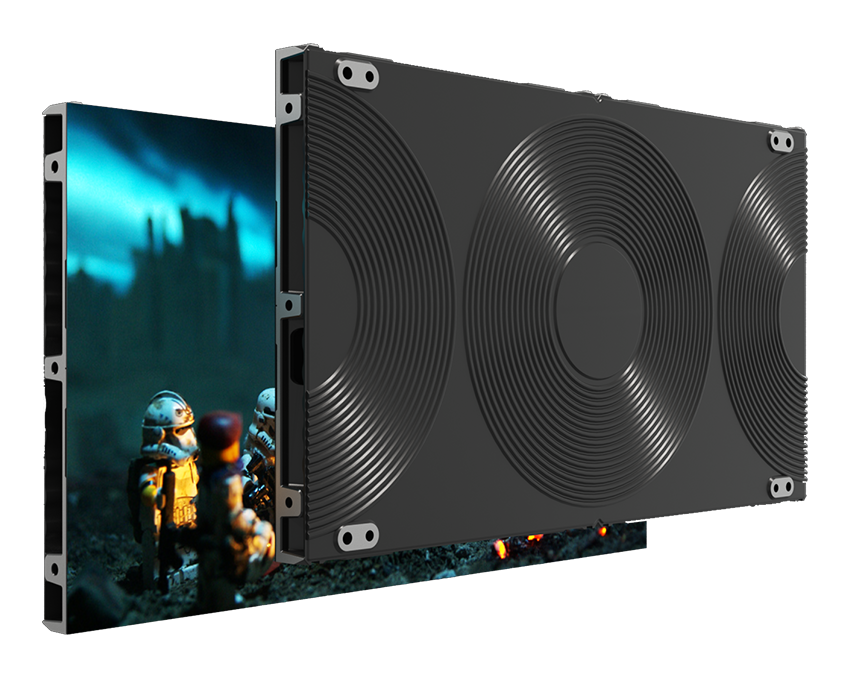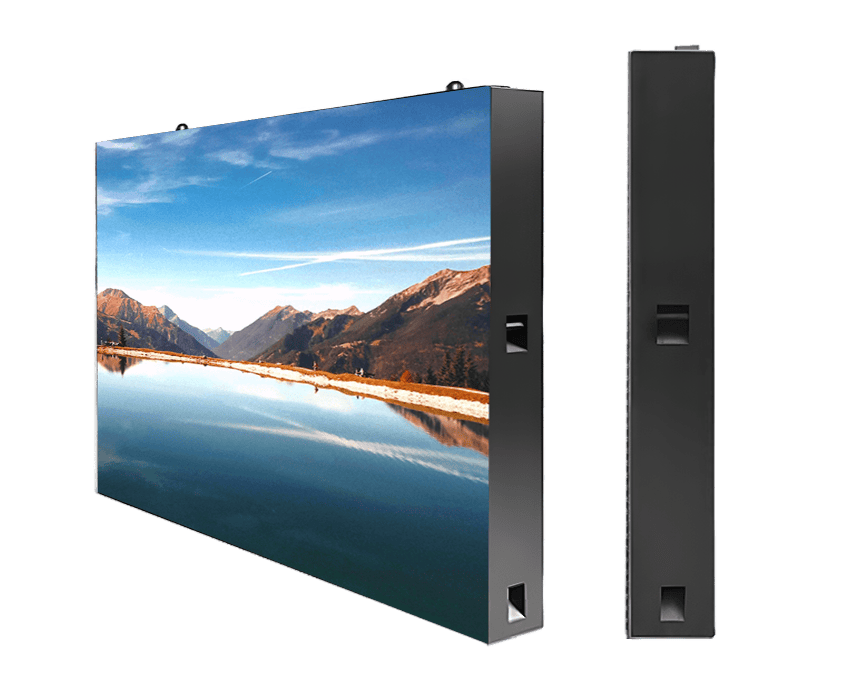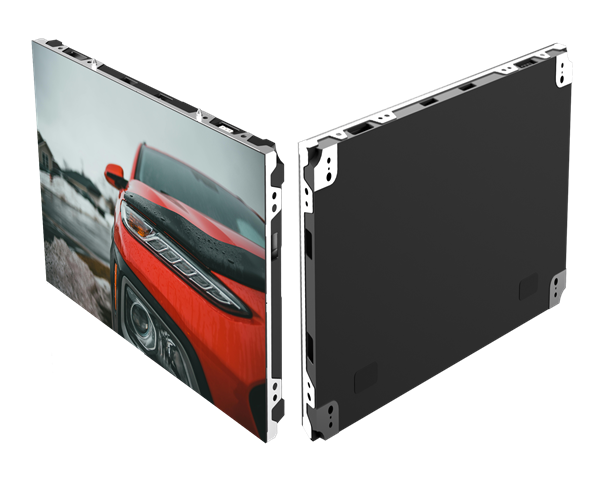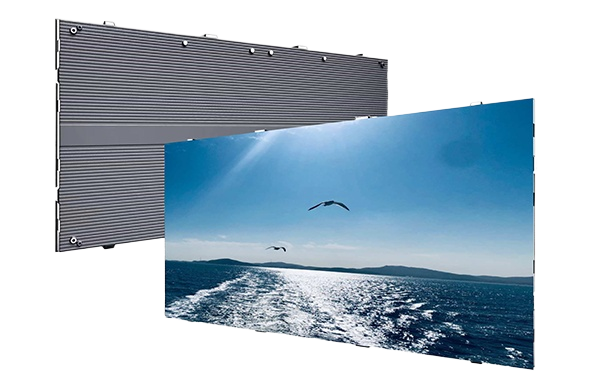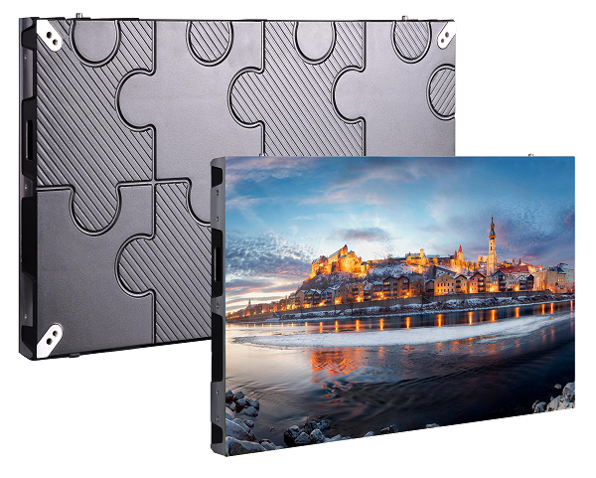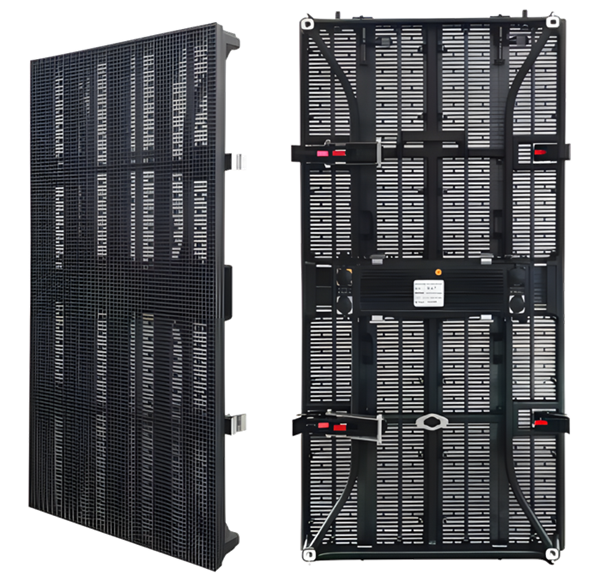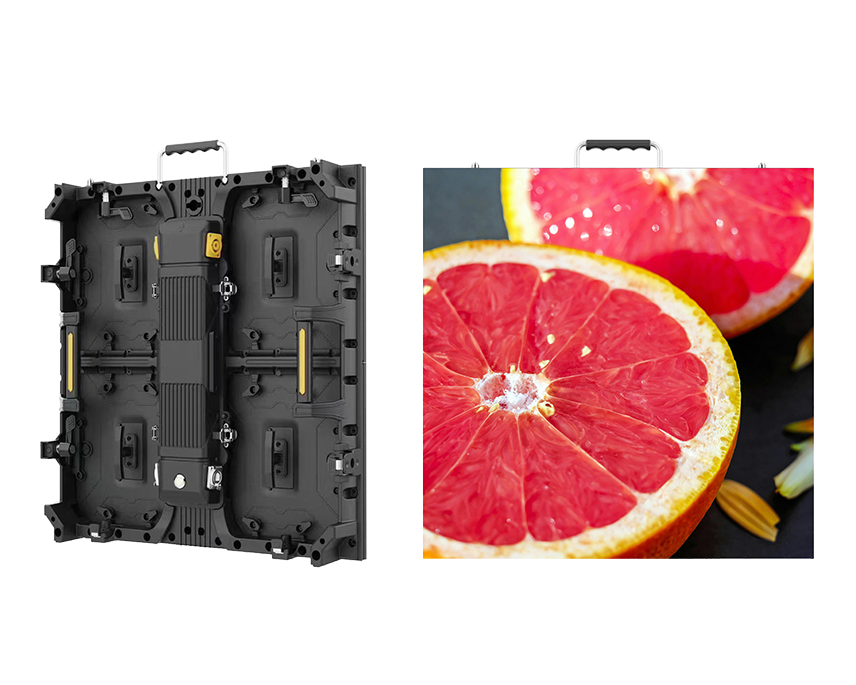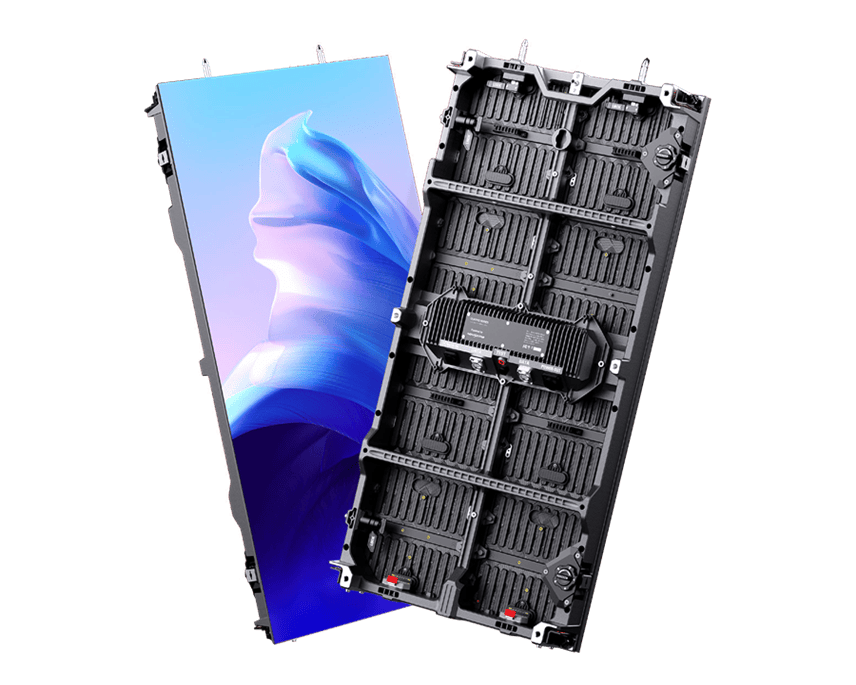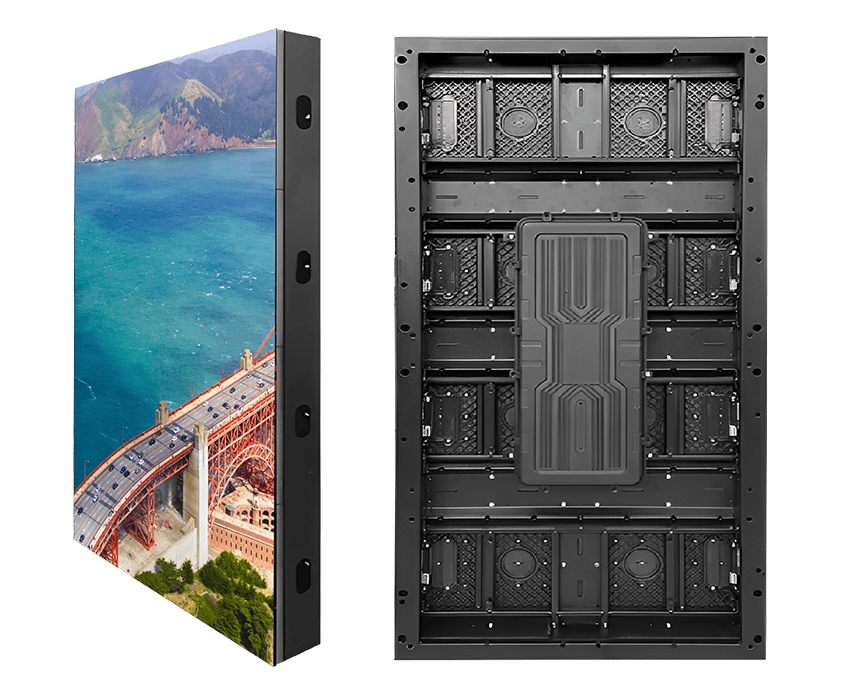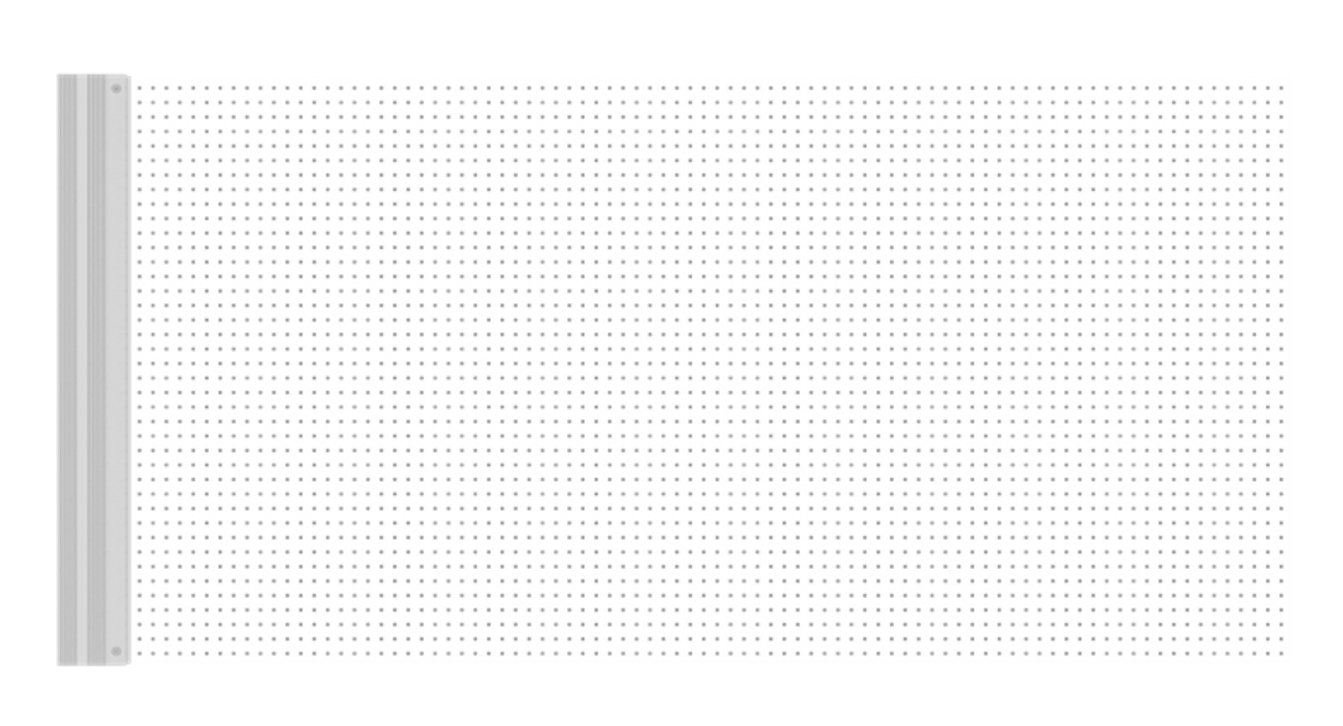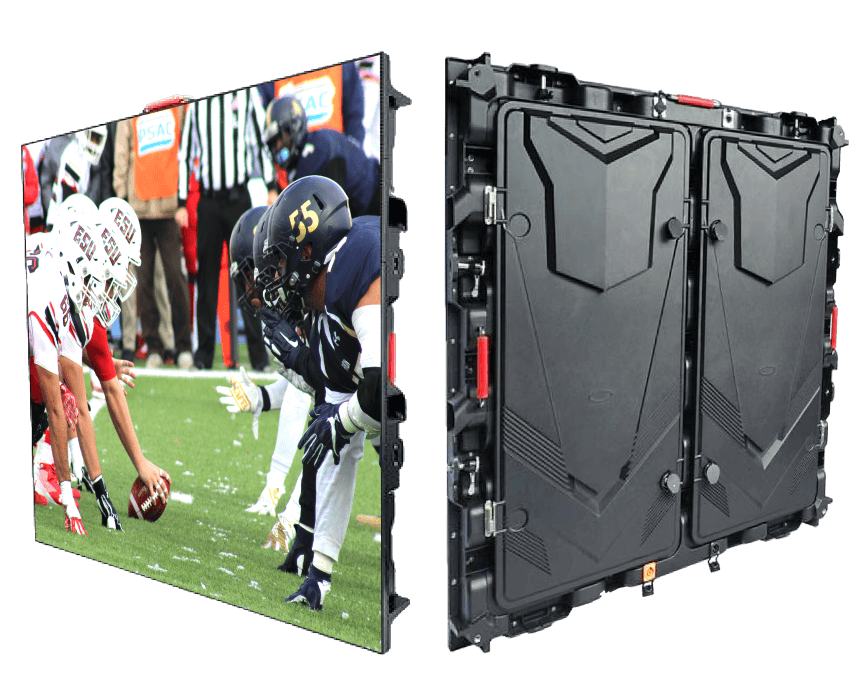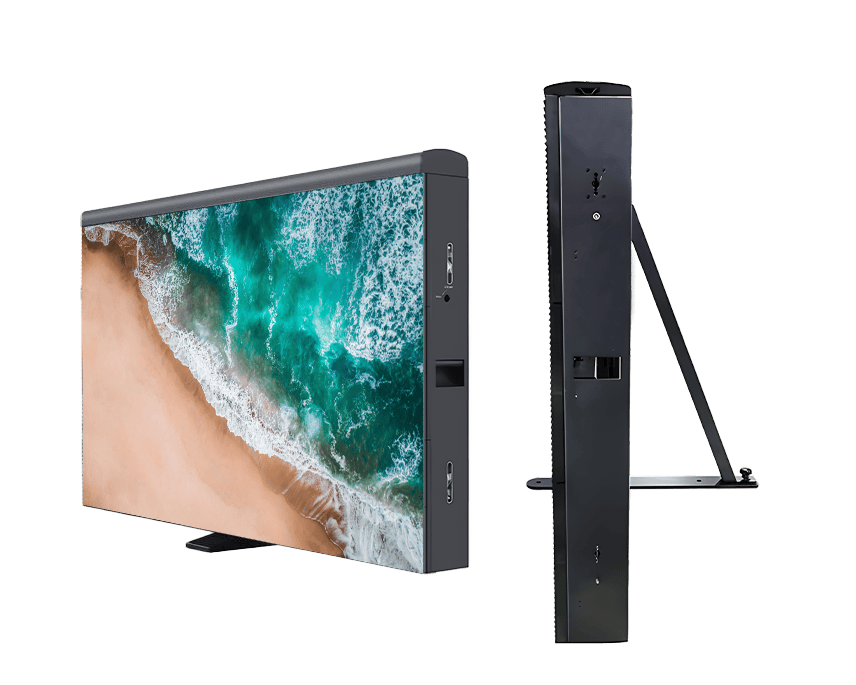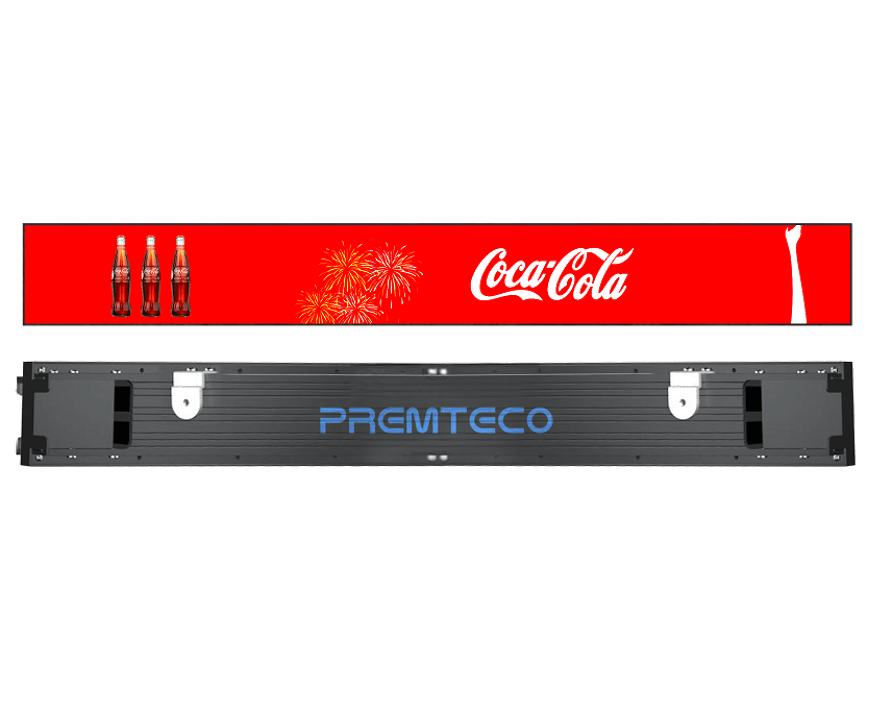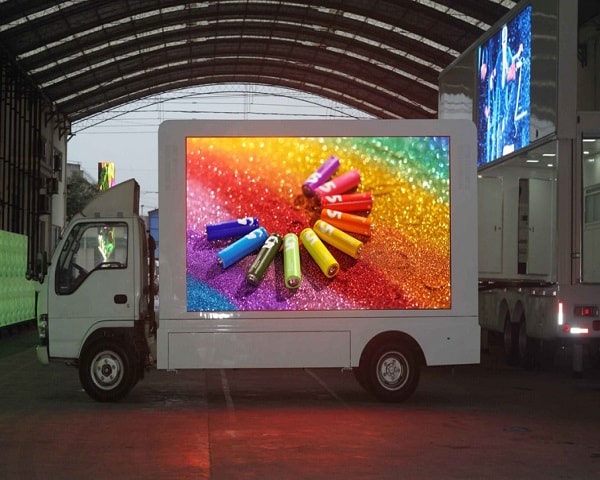What are the Differences Between LED Screens and LCD Screens?
Views: 5708
Author: Site Editor
Publish Time: 2025-07-24
Origin: Site
LCD and LED both are very co-relevant, and that is why most people get confused between them. Although they both are used in many similar projects, there are noticeable differences based on various factors.
In this article, we are explaining the significant differences between LCD and LED, which will help us know the usage and benefits of both. This will also help us understand which one should be considered when purchasing any product based on LCD and LED.
What is LCD?
LCD panels (Liquid Crystal Displays) are composed of two polarized pieces of glass surrounding a layer of liquid crystals. Liquid crystals themselves aren’t light-emitting, so standard LCDs feature their own backlighting array that shines through the arrangement of liquid crystals to create the display’s picture.
What is LED?
LED panels (Light Emitting Diode) are similar to LCDs. However, unlike LCDs, LEDs use an array of light-emitting diodes as individual pixels across the entire display. Hundreds of light-emitting diodes across the display are grouped in clusters of red, green, and blue which provide their own light while producing the required image.

LED vs. LCD Displays
Brightness:
LEDs can range from 800–8,500 nits, which exceeds the brightness of most LCDs. Brightness may or may not be an issue, depending on if the display will be indoors or outdoors.
Size:
LCD Displays come in sizes provided by the manufacturer and aren’t that easy to customize. Some manufacturers have stretch sizes, but most of the options are at a 16x9 aspect ratio.
Viewing Angle:
LED displays have a much wider viewing angle than LCDs. When viewing an LCD display, the image clarity will become diminished when viewing the display off to the side from the center point in either direction.
Temperature:
LEDs are semiconductors, so they have a wide temperature range. Other components in the meter will determine its operating temperature limits. The chemical action in the LCD slows down at low temperatures (typically <0°C), so it may require a heater for these situations. Depending on the type of LCD, the maximum temperature of an LCD meter may also be more restricted than an LED meter.
Life Span:
Either display type will provide years of continuous operation. However, LCDs can degrade in high humidity due to an imperfect seal between the glass plates. LEDs last longer with a lifespan of around 100,000 hours. On the other hand, LCDs have a shorter lifespan of 75,000 hours.
Price:
LCD screens are typically less expensive than LEDs, but the price of LEDs is decreasing.
Purchase premium LED displays from us
Both LCD and LED technologies have their own set of advantages and disadvantages. Be sure to consider all of these factors when deciding on the right type of display for your application.
Premteco has built up an outstanding reputation in the industry by supplying consistent and reliable LED display products, which allow you to build a strong brand image, and catch the attention of new potential customers or enhance the visual performance of your stage. If you're looking for LED display suppliers, please kindly get in touch with us today!











